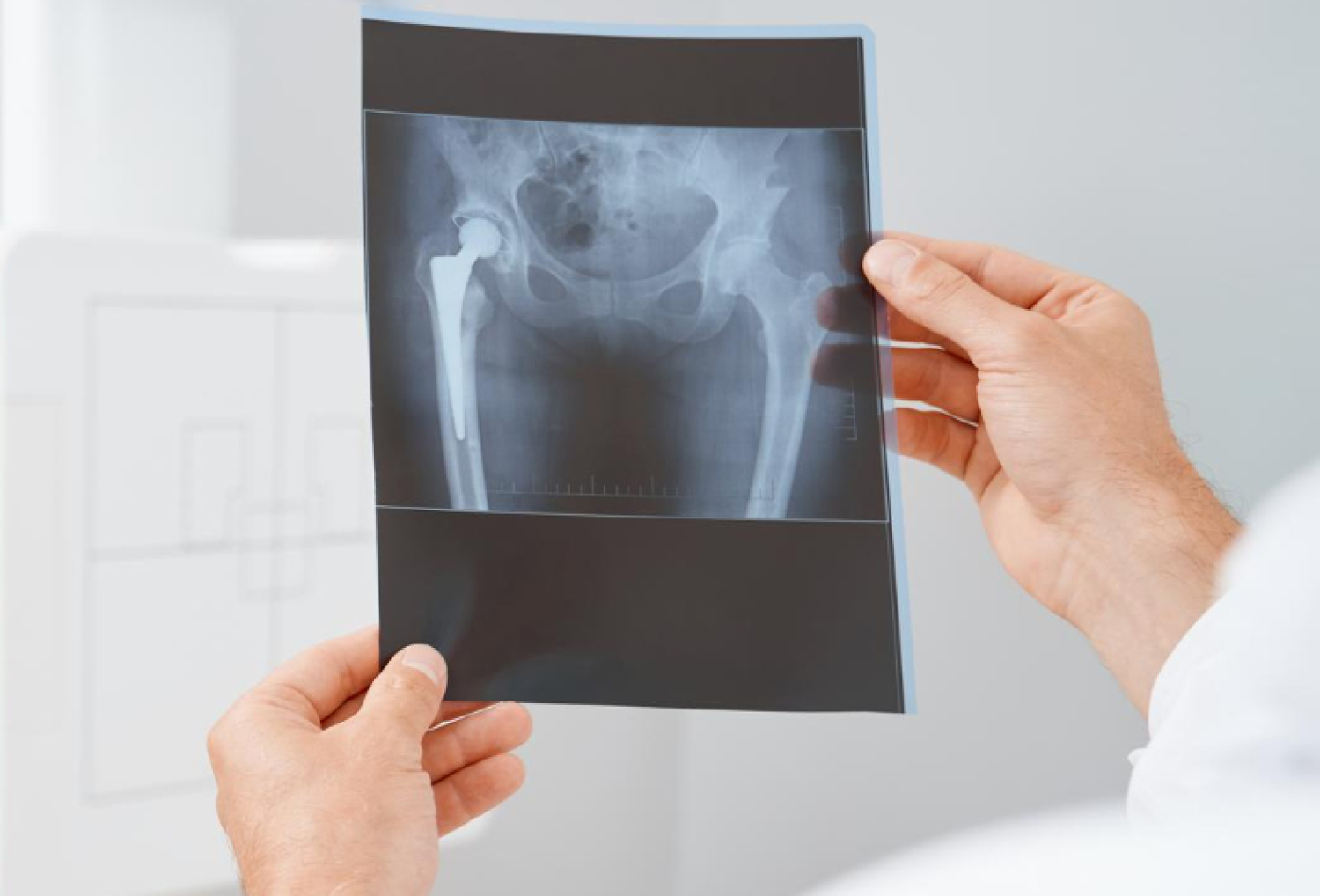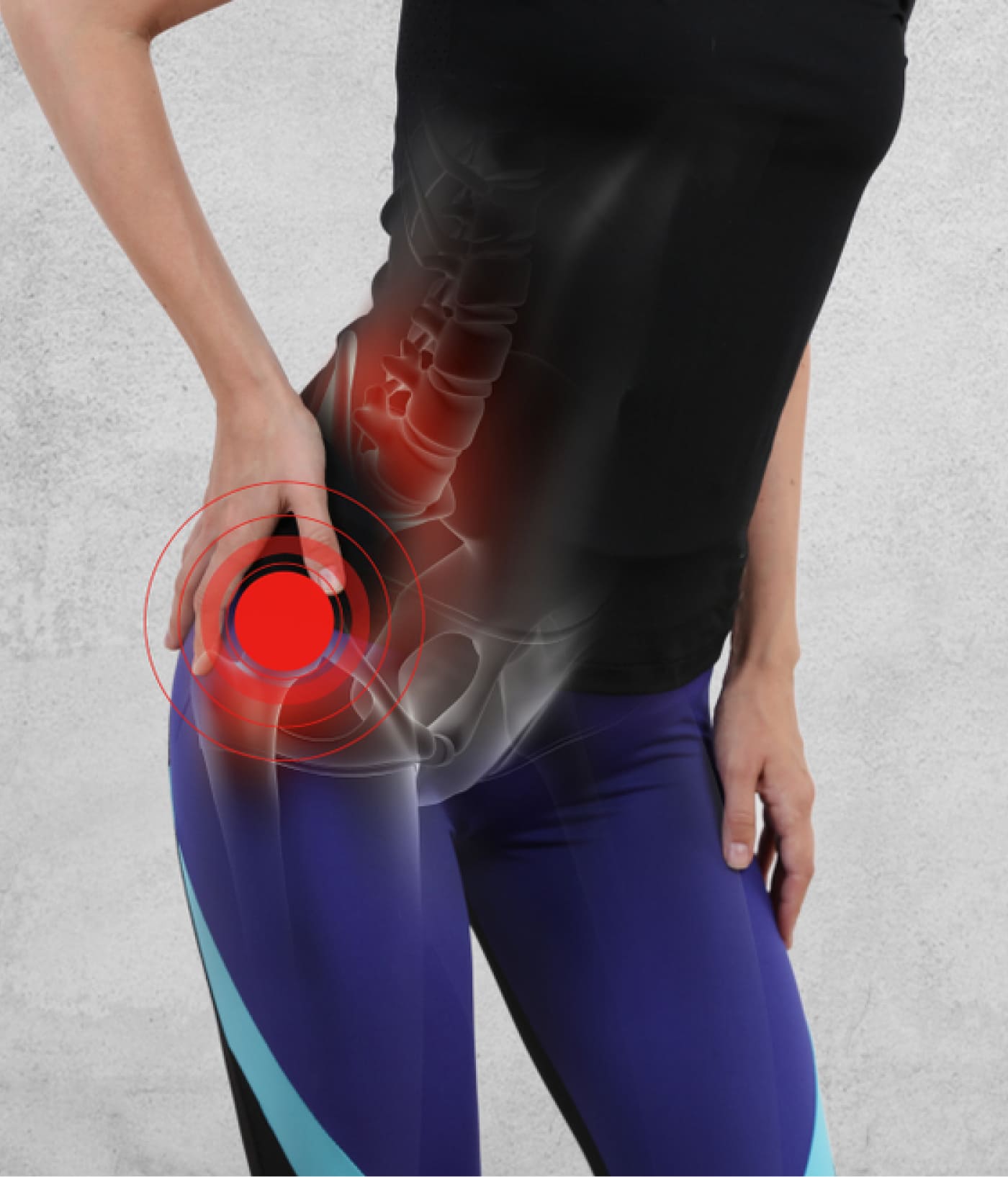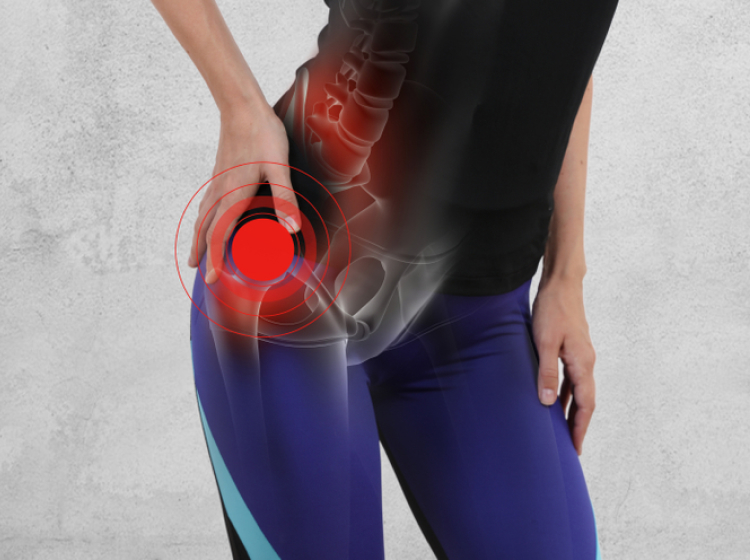Hip Fracture Specialist In Singapore

Dr Wang Lushun
Senior Consultant Orthopaedic Surgeon
MBBS (Singapore)
MRCS (Edin)
MMed (Ortho)
FRCS (Ortho) (Edin)
- Get active again by treating your hip fracture
- Fellowship-trained orthopedic surgeon
- Internationally recognised, more than 1500 surgeries performed



What is a Hip Fracture?
Hip fractures affect millions worldwide, and understanding them helps with prevention, diagnosis, and treatment. The hip joint is a ball-and-socket joint, formed by the union of the femur’s head and the acetabulum of the pelvis, playing a pivotal role in supporting the body’s weight and enabling movement.
Hip fractures are classified into two main categories: intracapsular and extracapsular.
- Intracapsular fractures, which occur within the joint capsule, encompass femoral neck fractures (breakage below the femoral head) and sub-capital fractures (breakage at the base of the femoral head).
- Extracapsular fractures take place outside the joint capsule and include intertrochanteric fractures (breakage between the greater and lesser trochanters) and subtrochanteric fractures (breakage below the lesser trochanter).
Symptoms
Typically, hip fractures occur after a fall in the elderly age group due to weaker bone density (osteoporosis). The affected patient complains of groin/hip pain and the inability to stand or weight bear after.
Symptoms of a hip fracture in Singapore can vary depending on the location and severity of the fracture but generally include the following:
Pain
Patients with a hip fracture often experience intense pain localised in the hip, groin, or thigh area. The pain can be sharp, aching, or throbbing and tends to worsen with movement or attempted weight-bearing on the affected leg.
Swelling
Inflammation and swelling around the injured area are common due to the body's natural response to trauma. The swelling can contribute to increased pain and reduced mobility.
Bruising and possible deformity
Bruising may develop around the fracture site as blood vessels are damaged during the injury. In more severe cases or specific fracture types, a visible deformity of the hip or leg may be present, such as shortening or rotation of the affected limb. This occurs when the fractured bone segments become displaced or misaligned due to the injury.
Inability to move or bear weight
The patient may find it difficult or impossible to lift, move, or stand on the injured side due to the instability and pain caused by the fracture.
Is your hip fracture keeping you
on the sidelines?
on the sidelines?
Restore your hip’s function and mobility and prevent further damage or complications.
Causes
Hip fractures are influenced by various factors that increase an individual's risk of experiencing this injury. These risk factors include:
Osteoporosis
This condition leads to a decrease in bone density and strength, making bones more susceptible to fractures. Osteoporosis can develop silently over time, and a hip fracture may be the first indication of its presence.
Trauma
Falls, accidents, or direct blows to the hip can cause fractures, especially in older adults or those with weakened bones.
Age
As people age, bone density and muscle strength naturally decline, increasing susceptibility to fractures. Maintaining a healthy lifestyle through regular exercise, proper nutrition, and routine medical check-ups can help counteract age-related changes and promote overall bone health.
Health conditions and medications
Some medical conditions, such as rheumatoid arthritis, hyperthyroidism, or diabetes, can negatively impact bone health. Additionally, certain medications, like corticosteroids or anticonvulsants, can contribute to bone loss.
Lifestyle factors
Unhealthy habits, such as smoking and excessive alcohol consumption, can impair bone health and increase fracture risk. Smoking interferes with the body's ability to absorb calcium and slows bone production, while excessive alcohol consumption disrupts the balance of calcium and inhibits the production of bone-protecting hormones.
Diagnosis Of A Hip Fracture
If you are experiencing symptoms of hip fracture, your orthopaedic specialist may start by taking your medical history and asking about the circumstances leading to the injury. They will then perform a physical examination, assessing the injured area for tenderness, deformity, and range of motion. An X-ray is typically the first diagnostic imaging test used to identify the location and severity of the fracture. In some cases, when X-rays are inconclusive or if the fracture is complex, the specialist may order additional imaging tests such as an MRI or CT scan.
Non-surgical treatments for Hip Fracture
Nonsurgical treatment is typically reserved for patients who cannot undergo surgery due to other health issues. This approach involves:
- Traction: A system of weights and pulleys is used to realign and immobilise the fracture, promoting healing. This is a less common form of treatment.
- Pain management: Medications, such as analgesics and anti-inflammatory drugs, are prescribed to alleviate pain and discomfort.
- Rehabilitation: Physical therapy and occupational therapy help restore mobility, strength, and independence in daily activities.
Surgical treatments for Hip Fracture
Surgical treatment options are generally recommended for most hip fractures to ensure proper healing and recovery. The three primary surgical methods include:
- Internal fixation: This procedure uses metal screws, plates, or rods to stabilise the fractured bones, allowing them to heal in the correct position. The type and configuration of the hardware depend on the fracture’s specifics. The aim of internal fixation is to stabilise the hip fracture and to allow early mobilisation and weight bearing.
- Hemiarthroplasty: In neck of femur fractures, the femoral head is removed and replaced with a prosthetic implant. This option is typically chosen for displaced intracapsular fractures, particularly when the blood supply to the femoral head is compromised, increasing the risk of nonunion or avascular necrosis.
- Total hip replacement: This procedure involves replacing both the femoral head and the acetabulum with prosthetic components. Total hip replacement is commonly recommended for patients with significant joint arthritis or when a more active patient suffers from an intracapsular (neck of femur) fracture.


Types of Hip Fracture Treatment Dr. Wang provides
- Minimally invasive hip surgery
- Direct Anterior / Direct Superior Hip surgery
Dr LS Wang is one of the few surgeons trained in both the Direct Anterior and Direct Superior approaches to hip replacement surgery. He regularly teaches and mentors surgeons in these modern minimally invasive methods.
Recovery
Postoperative care and recovery after hip fracture surgery involve pain management with medications and ice application to alleviate discomfort. Patients engage in physical therapy to regain strength, mobility, and function, while occupational therapy assists with daily activities. Fall prevention measures, such as home modifications and assistive devices, are implemented to minimise future injury risks.
Prevention
To prevent hip fractures and maintain healthy hips, individuals should participate in regular exercise, including weight-bearing and muscle-strengthening activities. Your food intake should emphasise calcium and vitamin D intake through diet and nutrition. Fall prevention strategies and monitoring bone density through regular check-ups help protect yourself against hip fractures. Additionally, practising hip-strengthening and flexibility exercises, managing weight, and choosing supportive footwear contribute to overall hip joint health and stability.


Dr Wang Lushun
Senior Consultant Orthopaedic Surgeon
MBBS (Singapore)
MRCS (Edin)
MMed (Ortho)
FRCS (Ortho) (Edin)
Internationally Recognised & Double Fellowship-Trained Surgeon With Over 18 Years of Experience
- Bachelor of Medicine & Bachelor of Surgery (MBBS),
National University of Singapore - Member of The Royal College of Surgeons (MRCS),
Edinburgh, United Kingdom - Master of Medicine in Orthopaedic Surgery (MMed),
National University of Singapore - Fellow of The Royal College of Surgeons in Orthopaedics and Traumatology (FRCS), Edinburgh, United Kingdom
As a Senior Consultant Orthopaedic Surgeon and former Head of the Hip and Knee Division in Ng Teng Fong Hospital, he has won awards for superior patient outcomes (value driven), service quality and enhanced recovery programmes. His patients include current and former national athletes and sporting professionals.
Why Choose
Dr Wang Lushun?
Trusted
Leadership on Orthopaedic Advisory Boards
Skilful
Double Fellowships at Centres of Excellence
Experienced
Senior Consultant with Over 18 Years of Experience
Patient-Centred Orthopaedic Care
We are dedicated to your recovery and well-being. Every patient deserves the freedom that comes with active living. Whether you're an athlete sidelined by an injury or a weekend hobbyist desperate to return to your passion, our mission is to help you regain your mobility and independence.
Personalised Approach For Positive Outcomes
Our clinic prioritizes time dedicated to understanding each patient’s injuries and needs. Dr Wang strongly believes that personalised care & patient management will lead to better outcomes & positive experiences.
Minimally Invasive Techniques For Faster Recovery
Dr Wang’s extensive experience with minimally invasive procedures allows for less scarring, lower risk of complications and faster recovery compared to traditional surgical methods.
Aftercare Focused On Restoring Mobility & Well-Being
As an avid sportsperson, Dr Wang understands the time and patience required to regain mobility and return to active living. After your procedure is completed, Dr Wang will make sure your recovery is smooth and comfortable.
Insurance
We accept all patients, with or without insurance plans. Additionally, we are on the specialist panels of these Health Networks/Insurance Plans. Please contact us if you have any queries and we will be happy to assist you in checking with your insurance provider.